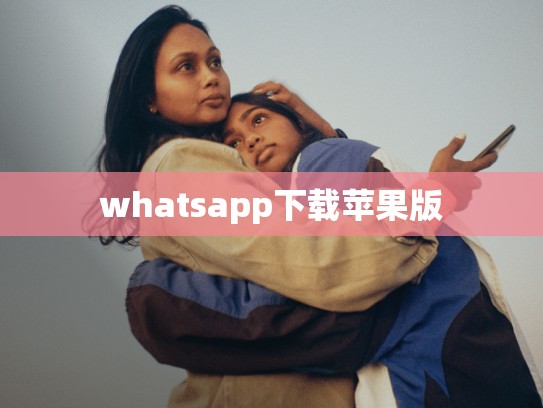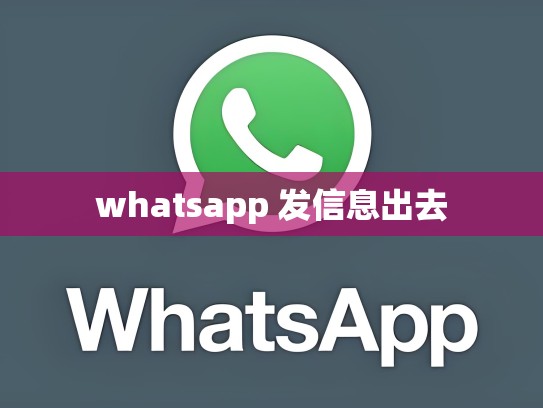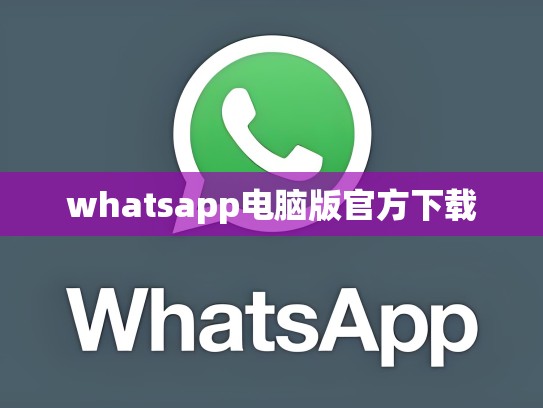WhatsApp vs Telegram: A Comparative Analysis of Messaging Platforms
In today's digital age, messaging platforms have become indispensable tools for communication across the globe. Two of the most prominent among them are WhatsApp and Telegram. Both offer robust features to keep users connected with friends, family, and businesses alike. This article will delve into the key differences between WhatsApp and Telegram, highlighting their strengths and weaknesses.
Directory of Key Features:
- Voice Chat: Offers voice calls and video chats.
- Group Chats: Allows unlimited group chat capabilities without any limitations on number of participants.
- File Sharing: Supports sending files up to 50 MB in size.
- Location Sharing: Enables sharing of locations within groups or individual messages.
- Payment System: Integrates payment services through its partner network.
- Customization: Users can customize messages and emojis using stickers and GIFs.
Telegram
- Audio and Video Calls: Supports both audio and video calls.
- Stickers and Emojis: Offers extensive sticker packs and custom emoji creation.
- Files Uploading: Can upload files up to 4 GB in size, significantly larger than WhatsApp’s limit.
- Privacy Settings: Provides more advanced privacy settings compared to WhatsApp.
- Channels and Groups: Similar to WhatsApp, but allows for direct messaging as well.
- Bot Support: Telegram offers more bot integration options for automating tasks.
Comparison Based on Functionality:
Voice Chat and Audio/Video Calling:
- WhatsApp: Primarily focuses on text-based messaging but supports voice and video calls.
- Telegram: Offers superior voice and video calling options, making it highly popular among users who value these features.
File Sharing:
- WhatsApp: Limited file size (up to 50MB) and doesn't support large file uploads like Telegram does.
- Telegram: Capable of uploading files up to 4GB, offering more flexibility for multimedia content sharing.
Customization:
- WhatsApp: Has limited customization options beyond basic message formatting and emojis.
- Telegram: Extensive customization options including stickers, GIFs, and even bots, providing a richer user experience.
Conclusion:
Both WhatsApp and Telegram serve similar purposes—connecting individuals across distances—but they cater to different needs based on their unique features. While WhatsApp is more suited for traditional text-based communication and has a broader user base, Telegram excels in terms of multimedia sharing and advanced customization options. Ultimately, the choice depends on your specific requirements and preferences regarding connectivity and functionality.










